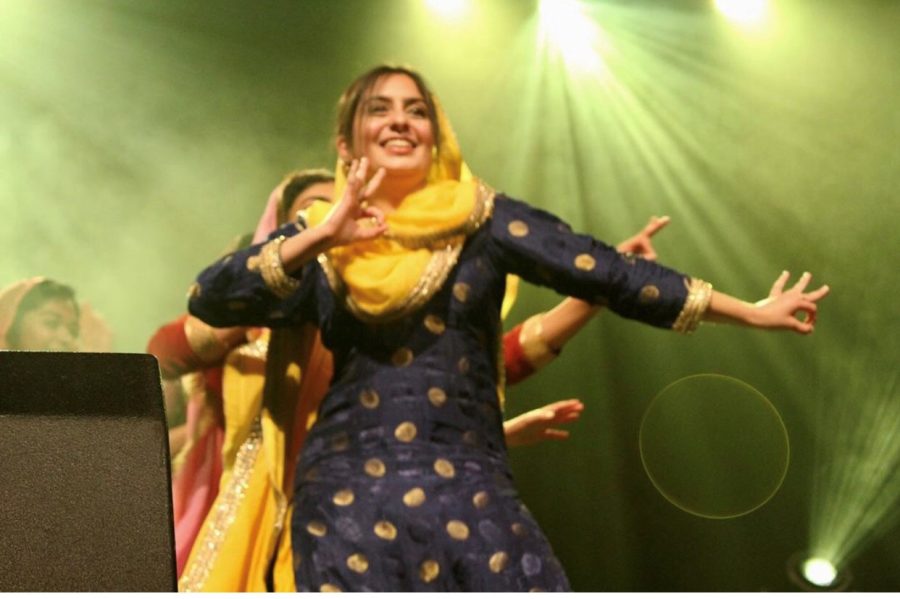When Maya Rodriguez began dancing ballet folklórico seven years ago, she never thought she would be attending a workshop at a top company in Mexico which pioneered the dance style. To learn from someone who studied under Amalia Hernandez, the mother of ballet folklórico, was a dream come true.
Ballet folklórico is collection of different cultural dances that represent the states of Mexico. Hernandez traveled around to the states and after learning about the food, dress, weather and other cultural factors, she developed ballet folklórico to represent the diversity in Mexican cultures.
Rodriguez, a junior in the College of Arts & Sciences, began ballet folklórico of Marquette University with several other students to share the dance style with the campus. Ballet folklórico is a mixture of folk dances from the states of Mexico designed to express the cultural differences throughout the country.
To become more in tune with their culture, Rodriguez and Edgar Padilla-Cabrera, vice president of the organization and a first-year in the College of Arts & Sciences, attended a workshop at the renowned Ballet Folklórico de México which piloted the dance and now performs around the world.
“One of their choreographers was telling us that part of the dance is connected to the Catholic religion and that when they dance, they are praising their God,” Rodriguez said. “That was really interesting to learn because I had been dancing for seven years and I had never heard anything like that, but to hear from somebody who learned from the person who spearheaded the style, I think that was really inspiring.”
After studying ballet folklórico in Milwaukee for her entire career, the lessons in Mexico showed Rodriguez a different style of learning. She learned more difficult steps with challenging choreography.
View this post on Instagram
The workshop helped them understand more about the style and what should be conveyed through the dance. It also encouraged them to create a ballet folklórico group at Marquette. They host workshops on Fridays to teach dances from different Mexican states to students. The executive board is hoping that they can encourage more people to attend but Rodriguez mentioned that some of the dances can be difficult which might deter students from participating.
“I don’t want people to feel intimidated, I want people to feel welcome and to dance because that’s what we’re there for,” Rodriguez said. “We really want to engage with people and share our love for the dance.”
Aside from getting attendance up, BFMU wants to raise money to buy practice skirts for the dancers. The skirts play a key role in the movement and storytelling of certain regions. Rodriguez explained how in the southern Mexican state of Sinaloa which is situated on the coast, the skirt is moved to mimic the ocean’s waves. However, the skirts are quite expensive, around $500 to $1,000 per person.
Years of learning and performing made Rodriguez realize the cost of makeup, costumes, jewelry and more. One of her goals for the group is to make this dance more accessible to people and less stressful. Her years with her dance company left her with a passion for dance and a desire to share it.
“When you go out on the stage and you see people’s faces and you realize that there’s somebody out there who’s never seen this before but I’m able to provide this experience to them,” Rodriguez said. “Being able to connect with the audience and get them riled up, it just felt like I was part of a bigger thing.”
Rodriguez and the rest of the board want to bring the beauty of ballet folklórico to Marquette, and they are dedicated to their cause. Learn more about their upcoming workshops and events on their Instagram, @balletfolkloricomu.
This story was written by Izzy Fonfara Drewel. She can be reached at [email protected].










